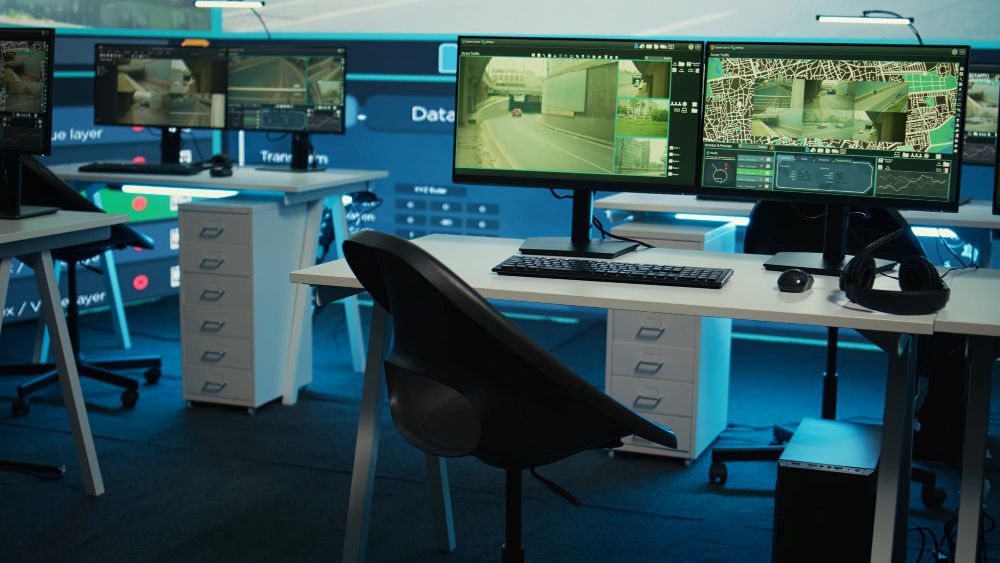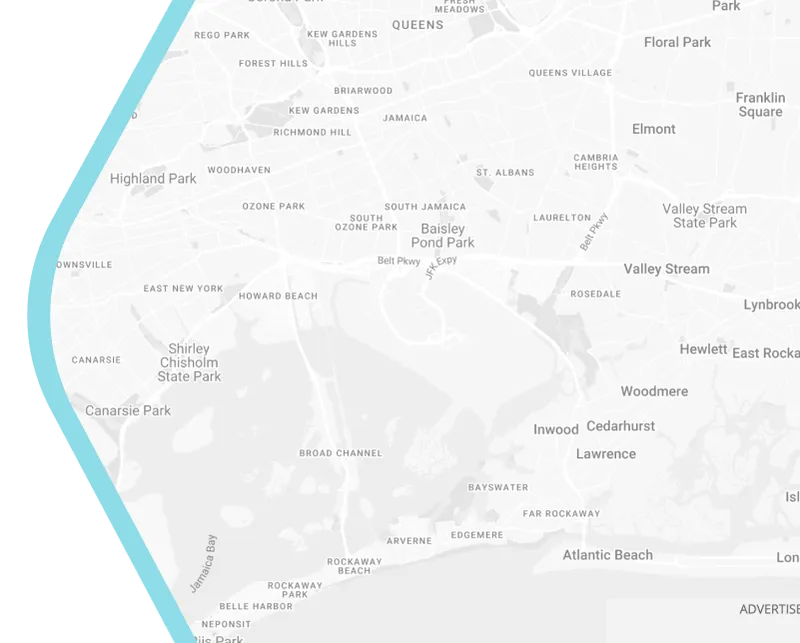
Implementing Digital Twins for Smarter Cities: A Practical Urban Planning Guide
Imagine standing in a control room where Melbourne’s streets pulse with live traffic data, Singapore’s energy grids respond to simulated storms, and a proposed housing complex casts digital shadows over virtual parks—all before a single brick is laid. This is the power of digital twins, dynamic virtual replicas of physical cities that are transforming urban planning from guesswork into precision science. For city planners facing skyrocketing populations and climate pressures, these living models offer a crystal ball to test decisions in a risk-free sandbox.
What Digital Twins Truly Mean for Urban Futures
A digital twin is far more than a 3D city model. It’s a constantly evolving mirror of urban reality, fed by IoT sensors, satellite imagery, and citizen data streams. Picture it as the central nervous system of a smart city: when traffic cameras detect congestion in Sydney’s CBD, the twin instantly rerutes buses. When air quality sensors in Brisbane flag pollution spikes, it triggers alerts to divert electric vehicles. Unlike static blueprints, these twins learn, adapting to real-world changes and revealing hidden connections between transport, energy, and human behavior.
Why Cities From Perth to Helsinki Are Betting on Digital Twins
The urgency is clear. By 2050, 70% of humanity will live in cities, straining aging infrastructure. Traditional planning—relying on spreadsheets and static models—often misses cascading effects. When Oslo planned a new bike lane using conventional tools, it overlooked ambulance route delays. Their digital twin caught it in simulation. Similarly, Singapore’s "Virtual Singapore" project slashed flood risks by modeling drainage impacts of new skyscrapers. For mayors and developers, twins convert costly trial-and-error into predictive foresight, saving millions and accelerating sustainability goals.

Building Your City’s Digital Twin: A Step-by-Step Journey
Step 1: Laying the Foundation with Data Integration
Start by weaving together siloed datasets—transport logs, utility maps, census figures, even social media sentiment. London’s twin fused 200+ sources, from Tube turnstile counts to Thames water levels, creating a unified "data lake." Prioritize real-time feeds: parking sensors, weather stations, or mobile location pings.
Step 2: Choosing the Right Simulation Engine
Not all twins need Hollywood-grade visuals. Barcelona uses lightweight models for noise pollution studies, while Tokyo’s earthquake simulator focuses on structural stress points. Match fidelity to purpose: ESRI’s CityEngine suits zoning analysis; Unity excels for public engagement visuals.
Step 3: Testing Scenarios in the Digital Sandbox
Here’s where magic happens. Run "what-if" simulations:
- How would a new light rail line affect downtown foot traffic?
- What if a heatwave spiked energy demand by 40%?
Melbourne’s twin modeled tree-planting strategies to reduce urban heat islands, pinpointing streets where canopy coverage dropped temperatures by 4°C.
Step 4: Bridging the Virtual-Physical Gap with IoT
Embed sensors across the city to keep the twin alive. Amsterdam’s smart lampposts feed movement data into its model, adjusting light intensity to cut energy use. This loop—physical data updating the virtual twin, which then optimizes physical systems—creates a self-improving urban ecosystem.
Step 5: Democratizing Access for Collaborative Impact
Empower citizens and departments to use the twin. Helsinki’s "City as a Service" platform lets residents visualize noise maps from new construction. Portland’s developers test building heights against sunlight access rules. Transparency builds trust and sparks innovation.
Real-World Triumphs: Where Digital Twins Delivered
- Singapore: Reduced flood response time by 30% through predictive modeling.
- Auckland: Cut construction costs 15% by detecting utility clashes in virtual tests.
- Dubai: Achieved 50% faster permit approvals using AI-assisted zoning checks.
Navigating the Pitfalls: Data, Ethics, and Buy-In
Digital twins face three hurdles: data fragmentation (break silos with APIs), privacy fears (anonymize citizen data like Copenhagen’s GDPR-compliant twin), and skepticism. Start small—prove value with a pilot district. Rotterdam won over critics by simulating a climate-resilient waterfront that attracted €500M in green investment.

The Future Is Twinned: Where This Revolution Is Headed
Tomorrow’s twins will predict riots using sentiment AI, optimize drone deliveries via wind simulations, and even simulate carbon footprints of policy changes. As sensors grow cheaper and AI sharper, these digital guardians will become as essential as streetlights. For urban planners, the message is clear: cities that embrace twins won’t just build smarter—they’ll future-proof humanity’s urban dreams.
